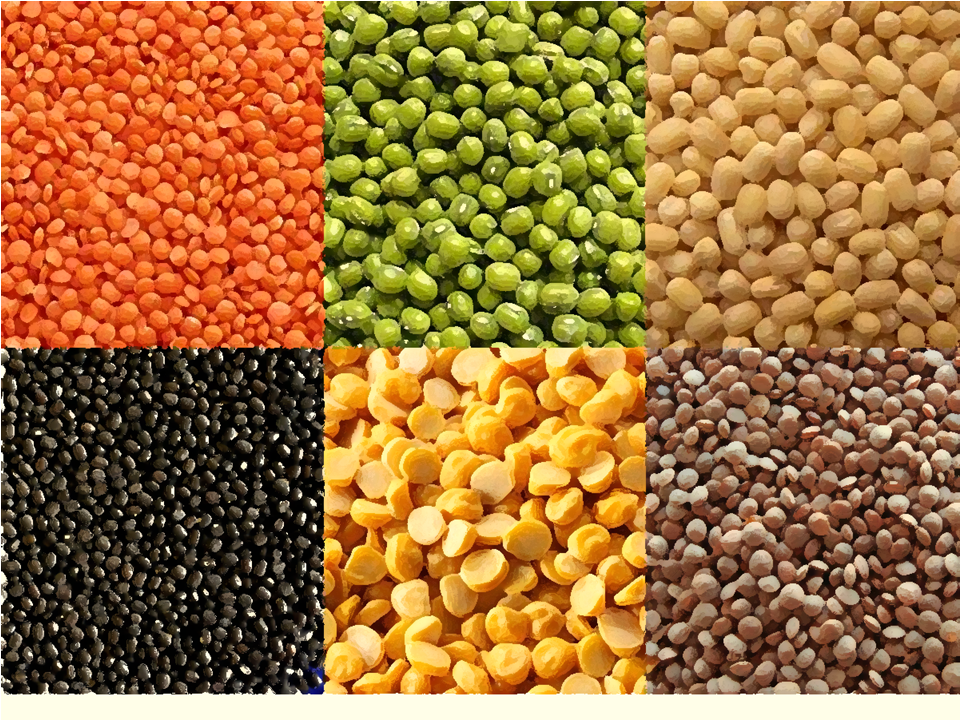Pick Up
1193. Importance of Legume Crops in Sustainable Agriculture

1193. Importance of Legume Crops in Sustainable Agriculture
World Pulses Day is celebrated annually on February 10th. This observance gained prominence following the United Nations' declaration of 2016 as the International Year of Pulses. That same year, an editorial published in Nature Plants summarized the importance of legume crops in sustainable agriculture. This is still an important discussion, so I would like to introduce the contents.
We need a second "green revolution" to ensure food and nutrition security, but at the same time we are facing global climate change and an environmental crisis. Most nitrogen fertilizer in agriculture is directed to grain production, but only 30-50% of the applied nitrogen is used by crops, and excessive nitrogen fertilization has a negative impact on climate change and biodiversity. The legume-rhizobia symbiosis has great potential for sustainable agriculture, crop and system diversity, and enhanced primary production with reduced fertilizer use. However, research and development to capitalize on the nitrogen fixation of legumes are insufficient and investment is needed in this area.
Diets rich in legumes also have health benefits as well as reduced carbon footprints associated with animal protein production. On the other hand, legumes lag behind cereals in terms of area expansion and productivity improvement, despite increasing global demand. This is partly due to the large fluctuations in legume yields and the volatility of legume prices due to competition with higher-yielding cereal crops. Whereas price support policies often exist for cereals, especially in developing countries, research investment in yield-enhancing breeding and cultivation techniques has been insufficient, despite the large untapped genetic improvement potential of legumes.
The current over-reliance on a handful of major cereal crops entails agronomic, ecological, nutritional, and economic risks. Stagnant or declining production, despite increasing global demand, especially in developing countries, threatens current and future food security.
The potential socio-economic benefits of increased legume production and consumption are enormous. For legumes to gain a competitive advantage, profitability for farmers must exceed that of major cereals. To accelerate the adoption of legume production technologies by resource-poor farmers in developing countries, participatory and adaptive research and development approaches must be deployed at scale, more than ever before.
Reference
Foyer, C., Lam, HM., Nguyen, H. et al. Neglecting legumes has compromised human health and sustainable food production. Nature Plants 2, 16112 (2016). https://doi.org/10.1038/nplants.2016.112
Contributor: IIYAMA Miyuki, Information Program
